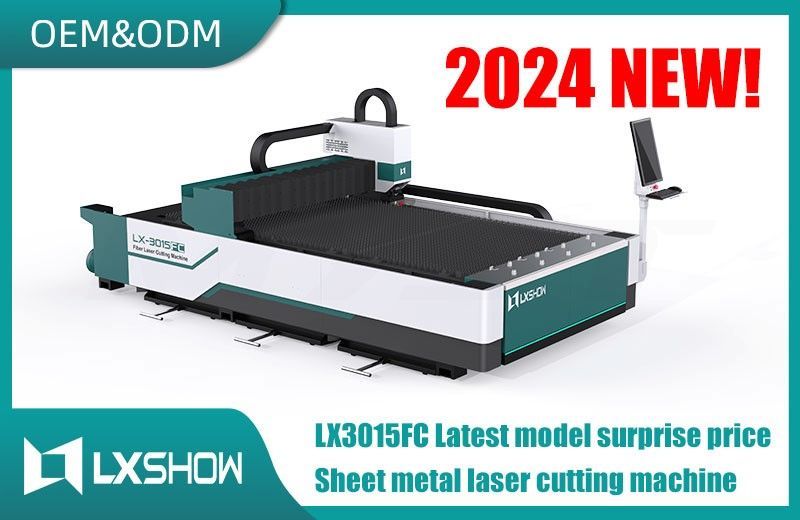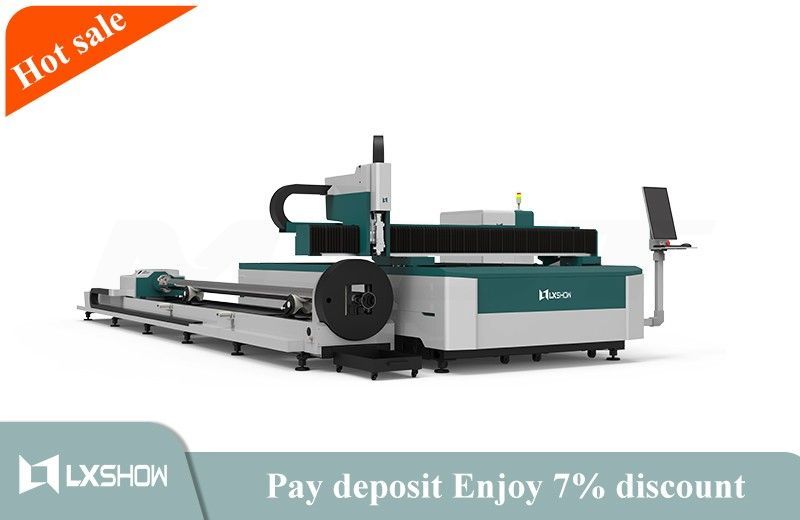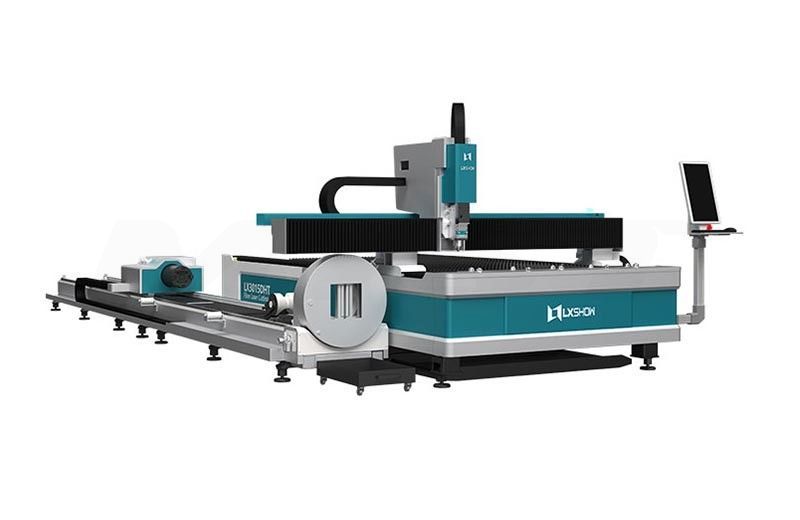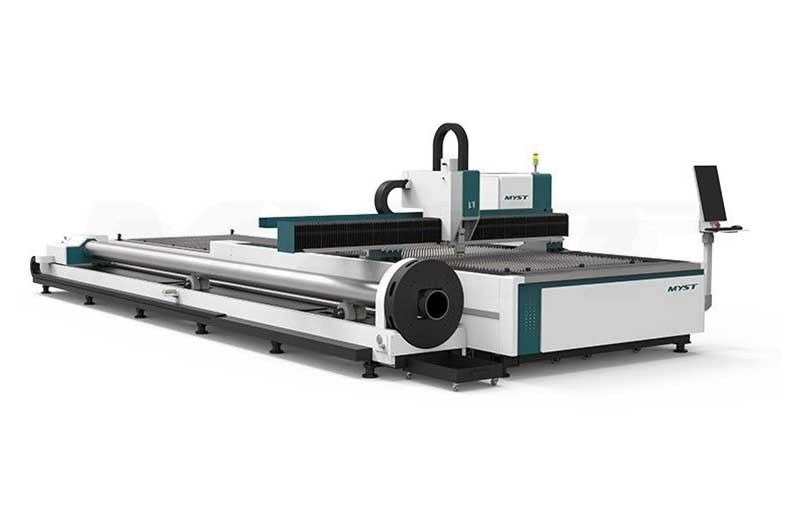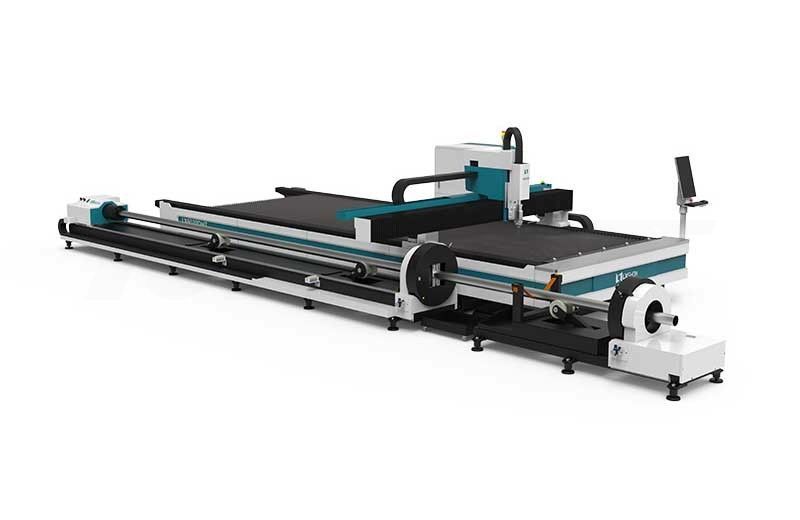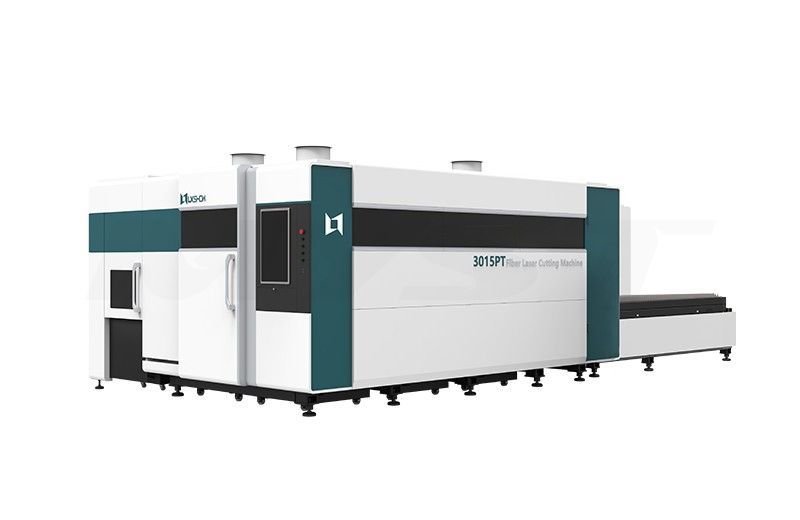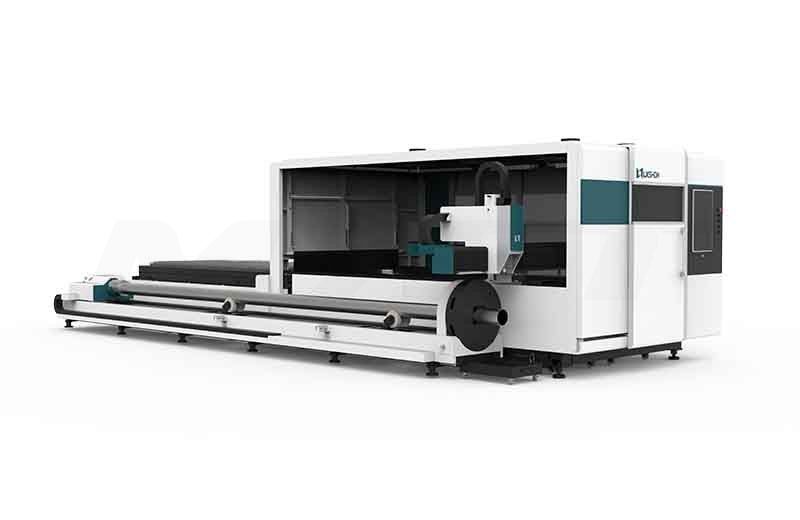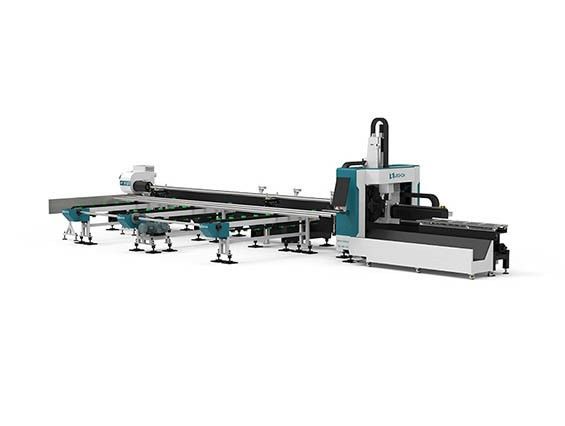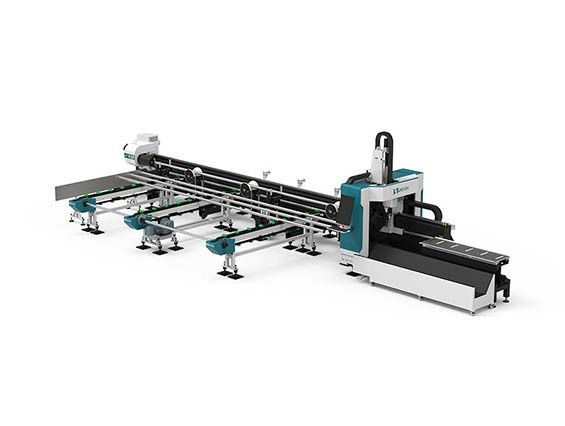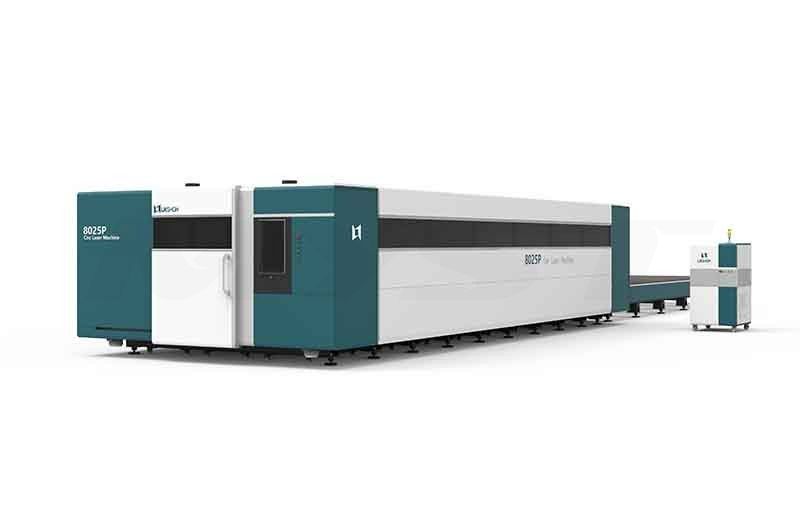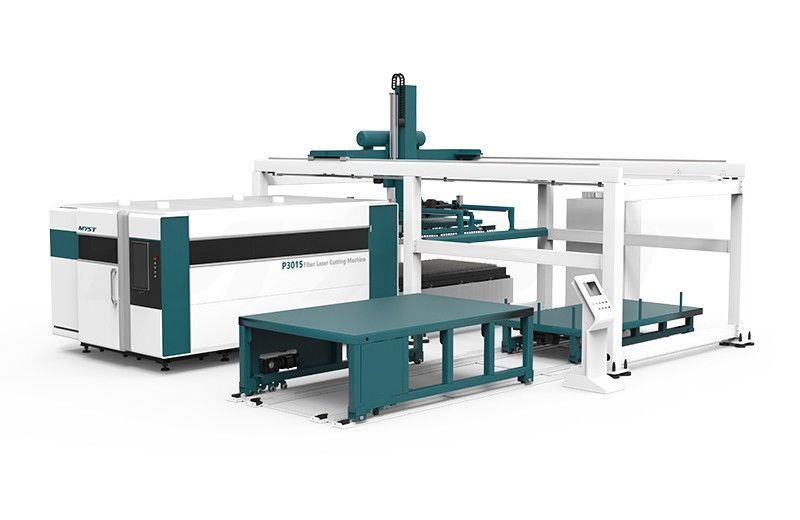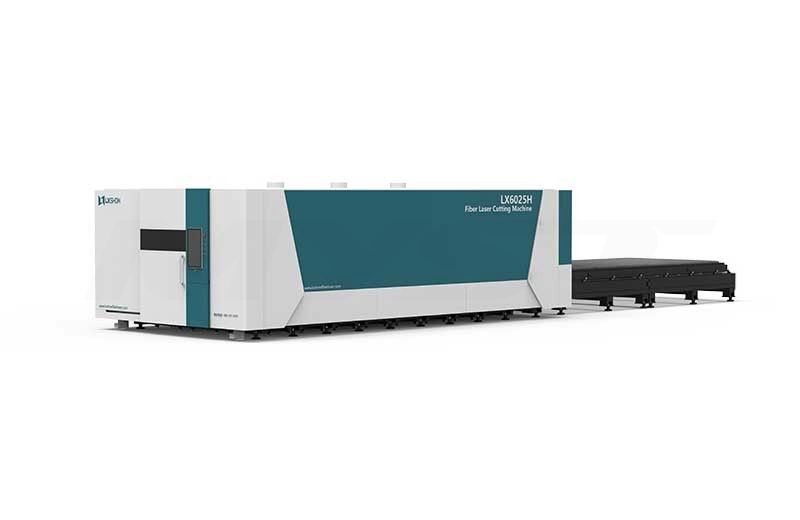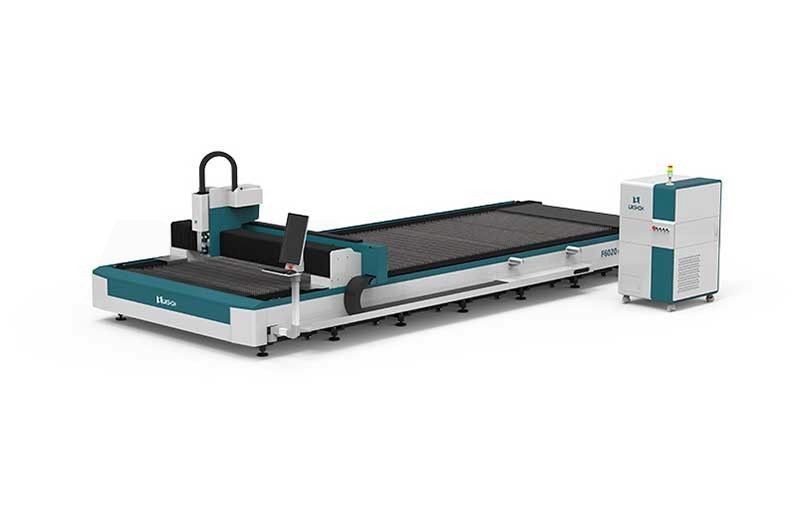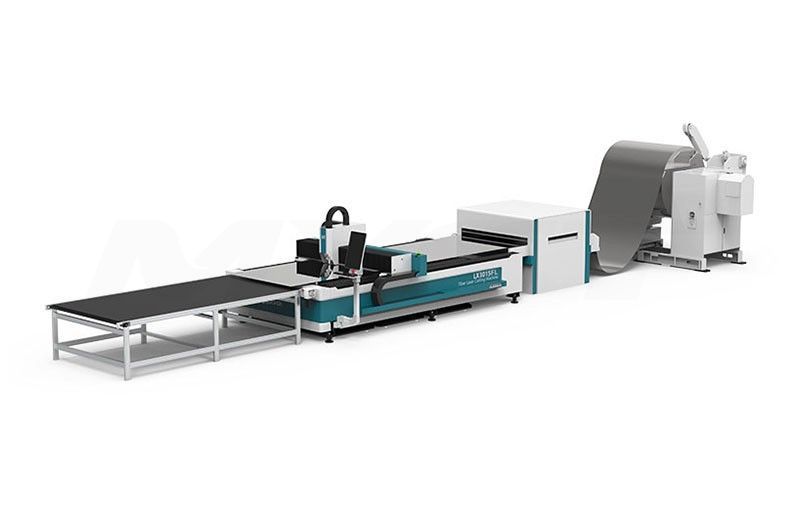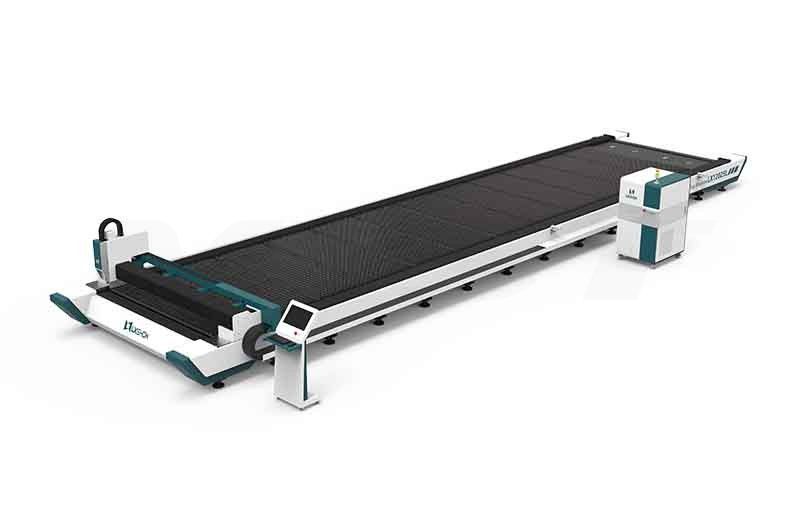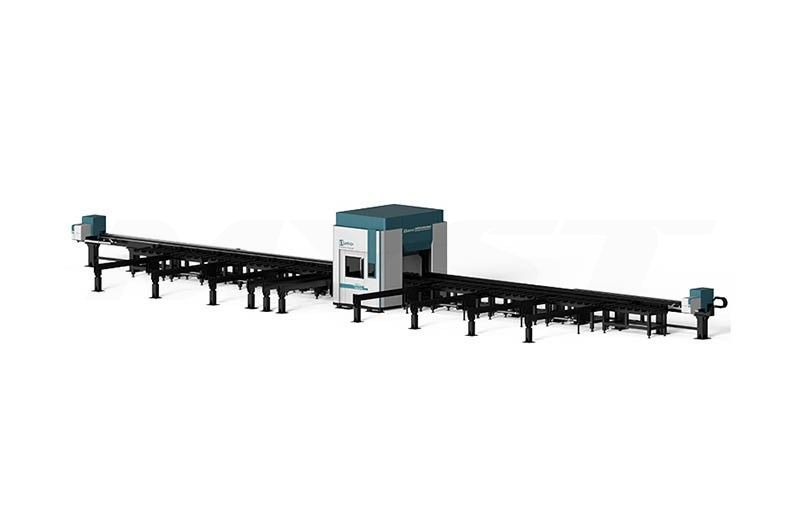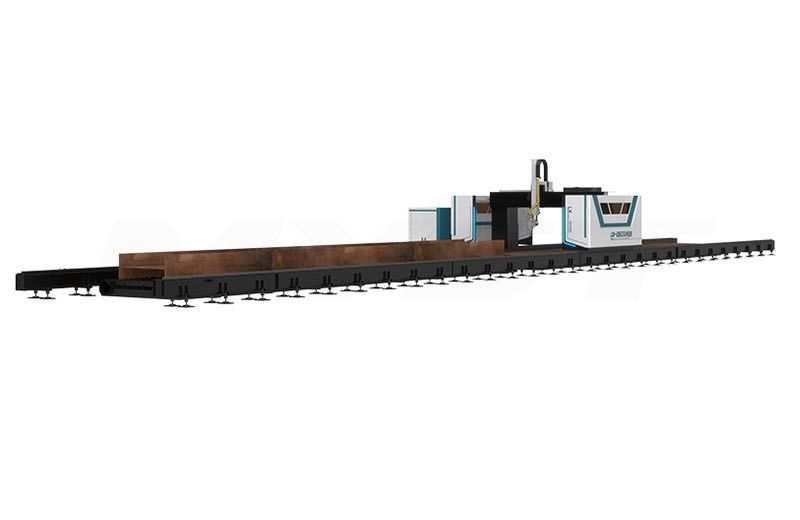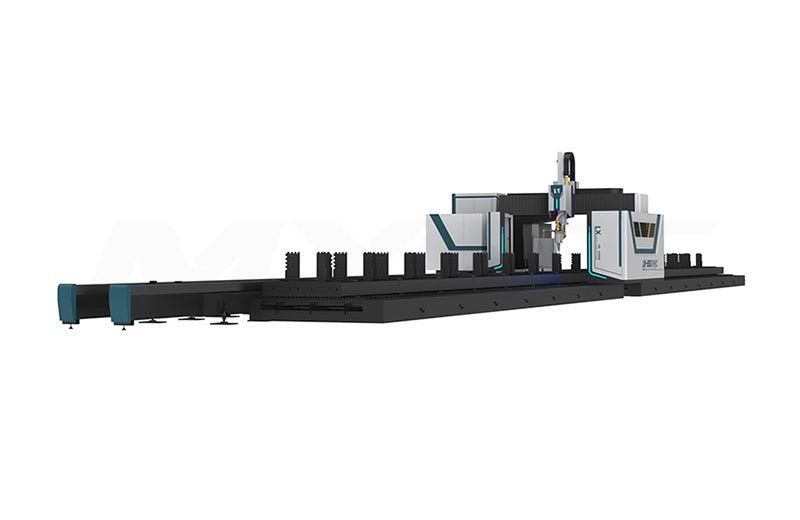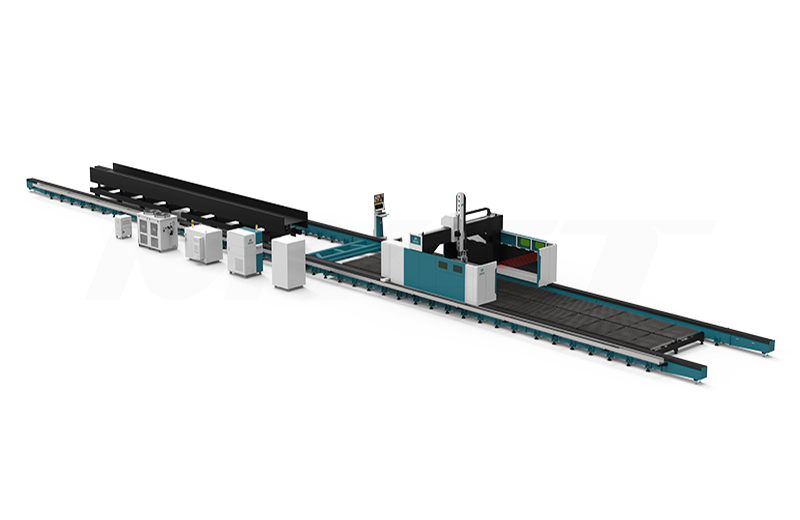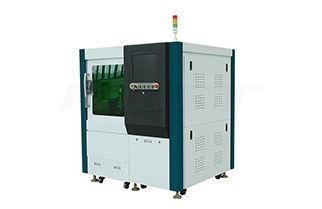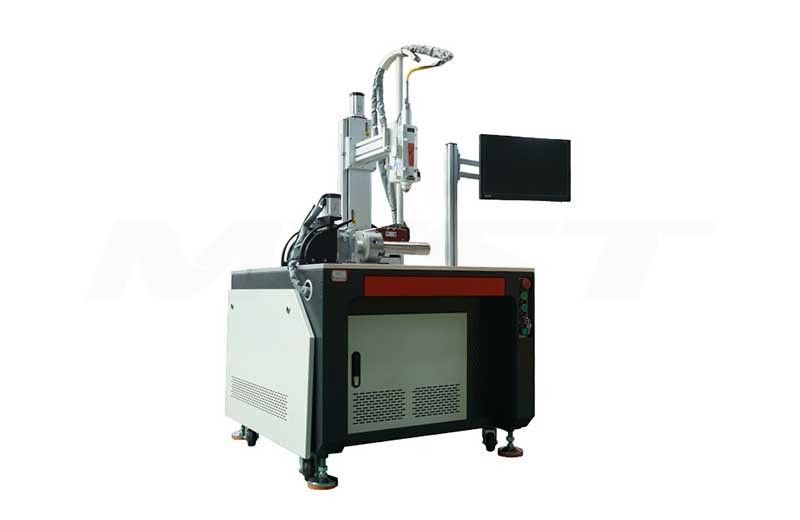Compared with the traditional cutting method, laser cutting has the characteristics of high cutting speed, high cutting precision and good processing flexibility. It is widely used in sheet metal cutting. However, due to the complexity of laser cutting, there are many factors affecting the cutting quality, such as laser power, focus position, nozzle diameter and height. If the control is not proper, it is easy to have obvious quality problems such as burrs, burning, rough cutting surface, and can not meet the actual processing needs. To prevent or reduce the occurrence of laser cutting quality problems: Before cutting, set the relevant process parameters according to the material and thickness of the plate; in the cutting, once the quality problem occurs, analyze and find out the factors that cause the quality problem, adjust the related process. Parameters to improve processing quality.
Today we will briefly discuss the major factors affecting the quality of the cut and how to properly control it.
1.Laser power
The amount of laser power at the time of cutting depends primarily on the nature of the material being cut and the type of cut required. However, in general, it can be concluded that the greater the power, the greater the thickness of the material that can be cut, and the cutting speed and the width of the slit are also increased; the laser power required for different cutting types is gasification cutting>melting cutting>oxygen cutting. Different cutting materials will correspond to the best laser power, and the determination of the best power needs to be judged by actual cutting and observation. In general, if the actual power is greater than the optimal power, then the heat affected zone around the cut will be enlarged, and the sharp corners will even be partially melted, making it look like a rounded shape, thus affecting the cutting effect. . When the actual power is less than the optimal power, the roughness of the lower part of the cutting surface is deteriorated, and the slag is hard and hard to remove.
Since the sputtering state of the spark during the cutting process is directly affected by the flow of the molten metal in the slit, the determination of the optimum laser power can be judged by the spark state of the sputtering during the cutting process. If the power selection is appropriate, the state of the spark should be straight and concentrated, slightly lagging but in the same direction as the cutting direction, slender.
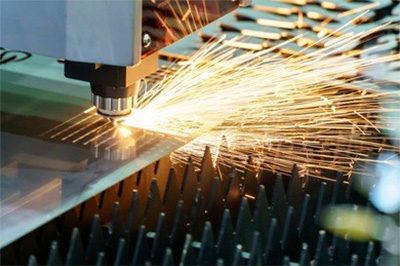
2. Auxiliary gas type and its pressure
The auxiliary gas is usually oxygen, nitrogen, inert gas or compressed air, and the processing quality and capacity are affected by the type of gas. When oxygen is used as an auxiliary gas, the flammability of oxygen improves the cutting speed and improves the cutting ability, but at the same time, an oxide film is formed on the surface of the cutting material due to chemical reaction, which becomes a limitation of oxygen use. When nitrogen or air is used as an auxiliary gas, the back slag can be effectively prevented. In summary, the gas type is different, the cutting effect and speed are different, the oxygen cutting speed is the fastest, the nitrogen cutting effect is the best, and the air cutting cost is the lowest.
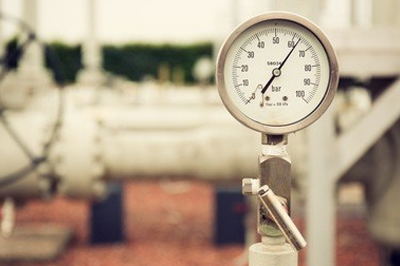
3. Focus position
The focus position affects the width of the slit, the slope, the roughness of the cut surface, the sticking state of the slag, and the cutting speed. Only when the laser gets the maximum energy density on the surface of the processed material, the melting range is narrower and can be processed with high precision. Whether the focus is moved up or down, the upper slit of the machined material is widened. The smaller the beam diameter at the focus position and the smaller the focal depth of the short focal length lens, the greater the extent of the upper kerf as a function of the focus position.
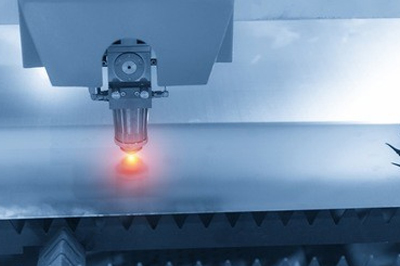
4. Related elements of processing materials
When a machining material is processed using a laser cutter, on the one hand, the surface condition of the material affects the stability of the absorption of the laser beam, and on the other hand, the shape of the processing also affects the diffusion of heat.
Material: Different materials have different absorption rates for lasers, so different materials have different cutting adaptability. It should be noted that materials with high reflectivity such as copper and aluminum are not conducive to the formation of spots, so the requirements for the cutting machine are higher.
Thickness: As the thickness of the sheet increases, the required laser power is getting larger and larger, and the cutting speed required is getting lower and lower. When cutting thick plates, if the power is not enough and the cutting speed is too fast, it is not easy to cut through.
Surface state: Surface roughness and surface oxide layer will affect the surface absorption rate to some extent. In general, the flatter the surface of the material, the better the quality of the cut. Therefore, in various places, the material cutting performance can be improved by changing the surface state of the material.
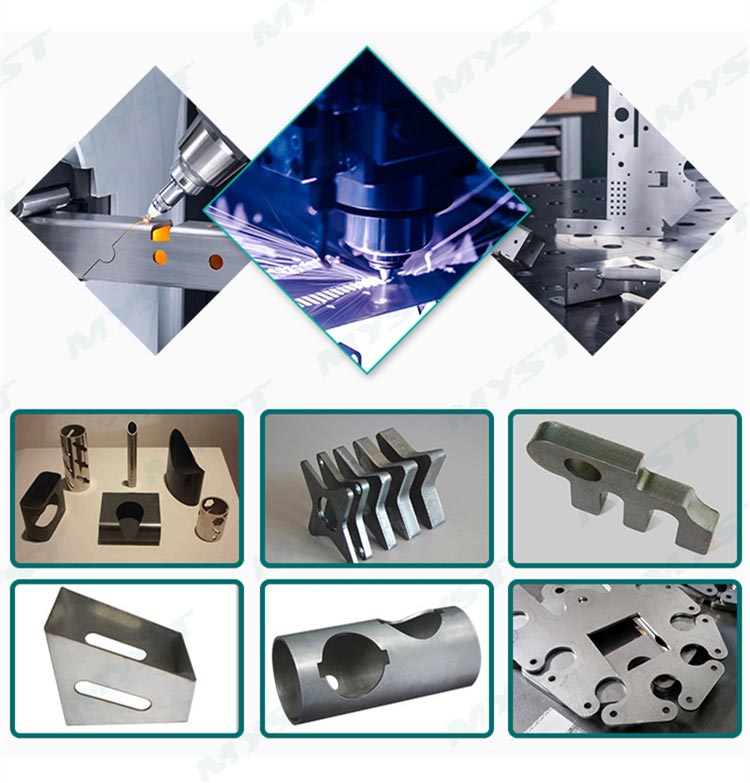
On the whole, in order to achieve a higher cutting effect, the selection of process parameters before cutting and the analysis of quality problems after cutting are indispensable. Improve the processing by timely analyzing the quality problems and adjusting the relevant process parameters.








